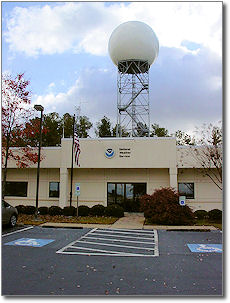NEXRAD Reflectivity Images
Source: www.pilotworkshop.com
Featuring Scott Dennstaedt
Subscriber Question:
"What’s the difference between base versus composite reflectivity on NEXRAD?"
- Daniel M.

Scott:
"Base and composite reflectivity are two different products both generated by the NWS NEXRAD Doppler radars. As you likely know, the radar antenna sweeps the sky and rotates 360 degrees. Each rotation is called a radar scan. After the radar completes a scan or two, it changes to a higher elevation. Each elevation scan produces its own base reflectivity product.
In precipitation mode, the lowest elevation angle is 0.5 degree and the highest is 19.5 degrees. Once the radar completes all elevation scans, it produces a volume product called composite reflectivity. Composite reflectivity is simply the highest reflectivity of all elevation scans combined.
Most online images from NEXRAD radars (http://radar.weather.gov) are base reflectivity images of the lowest elevation scan (0.5 degrees). This tends to provide the best representation of precipitation that is reaching the surface. By the way, the term base does not mean lowest as most pilots assume. Every elevation scan has a base reflectivity product.
On the other hand, think of composite reflectivity like the worst case scenario. Composite reflectivity can show areas of precipitation that may be suspended within a building thunderstorm cell and not reaching the surface. A composite reflectivity image is especially important to use in mountainous regions where the lowest elevation scans may be blocked by terrain." |